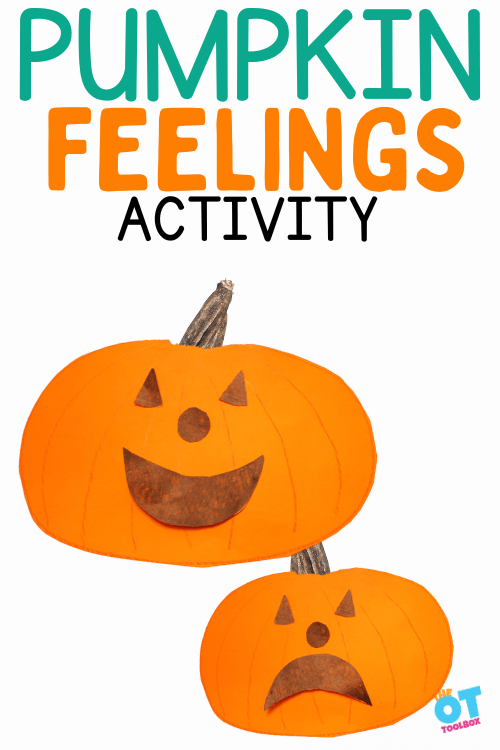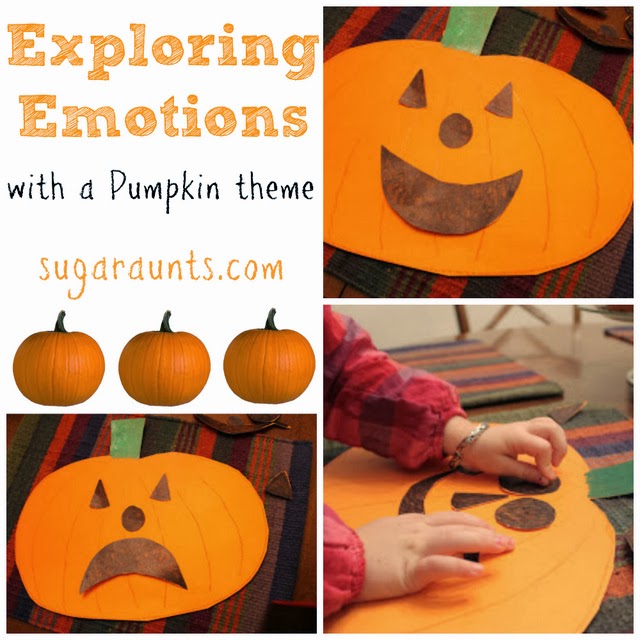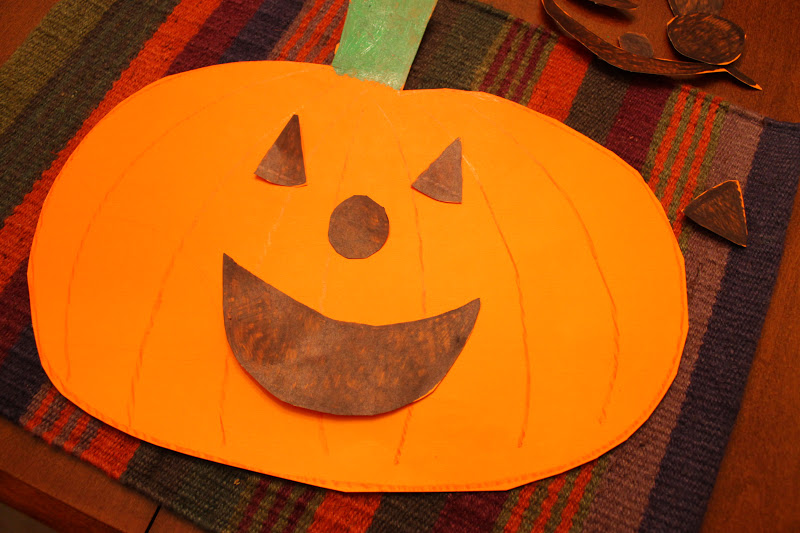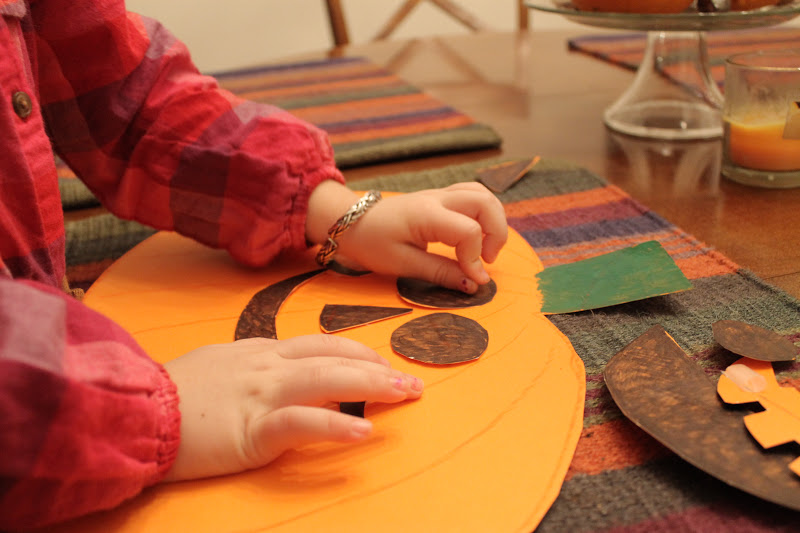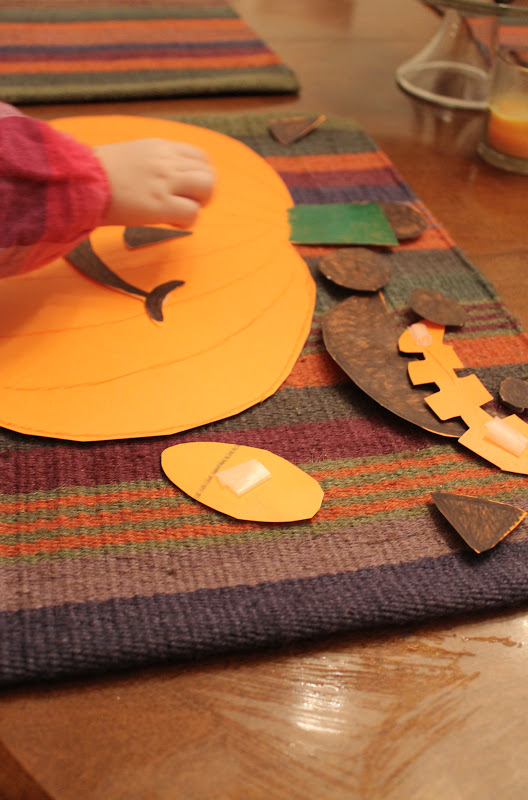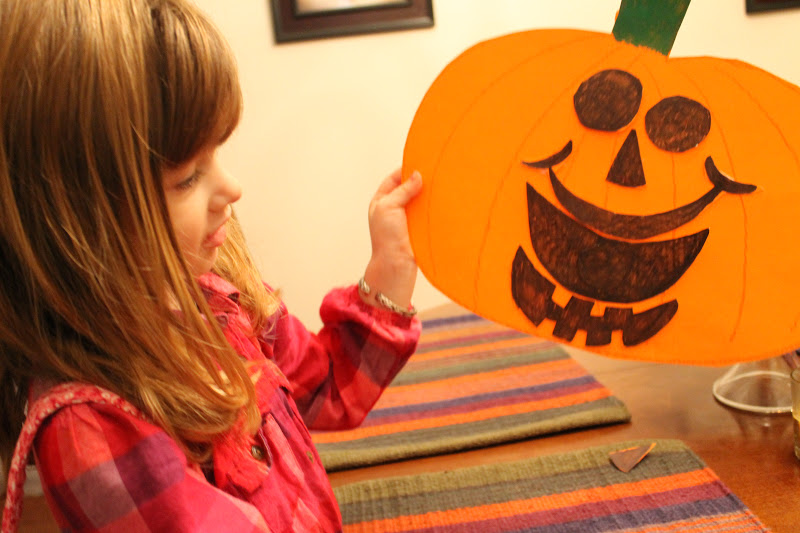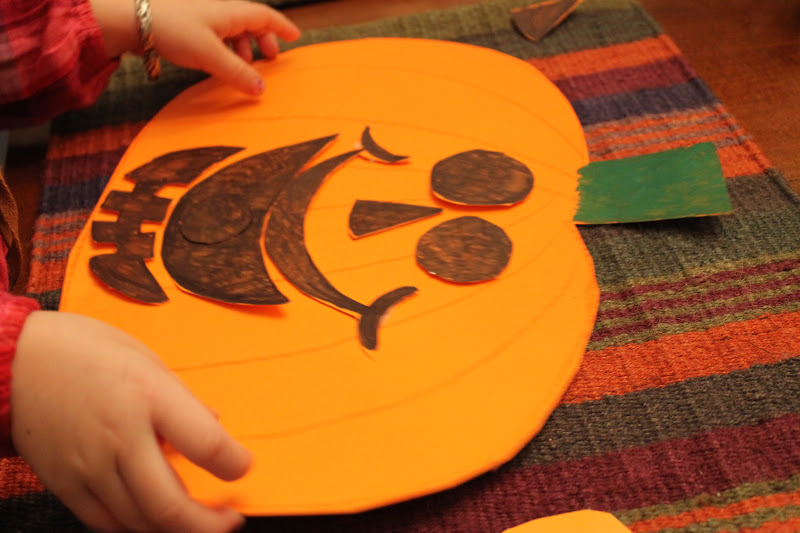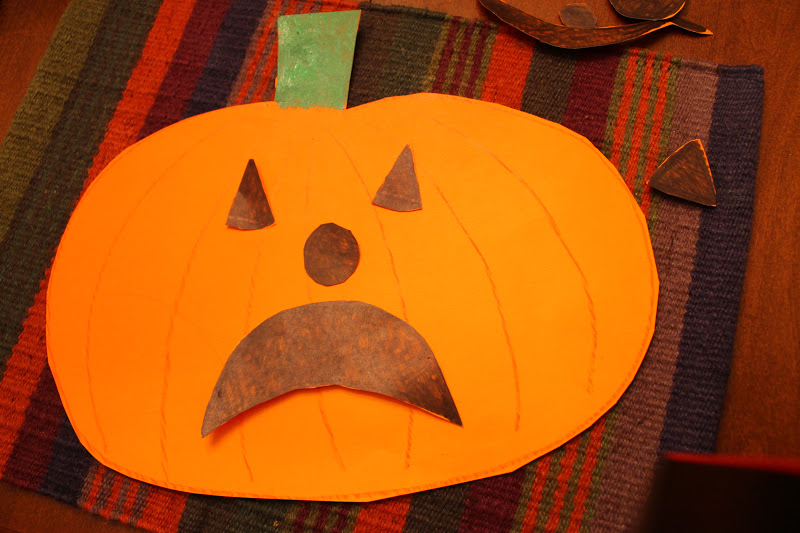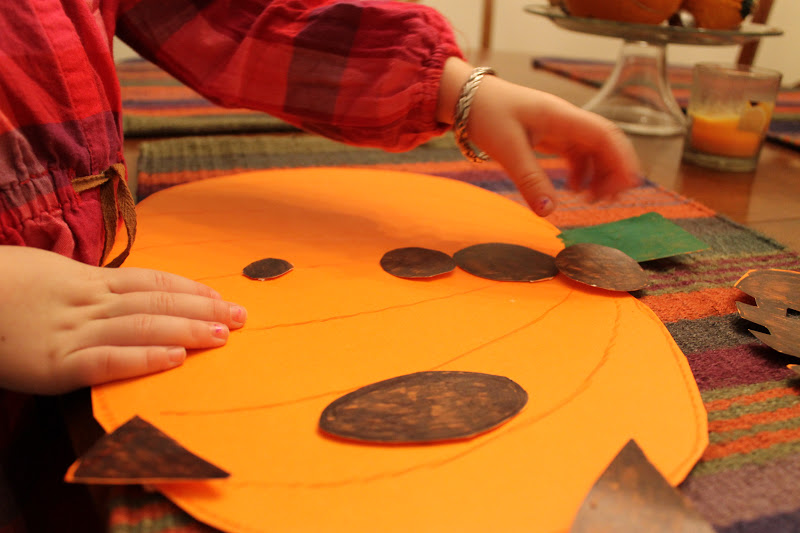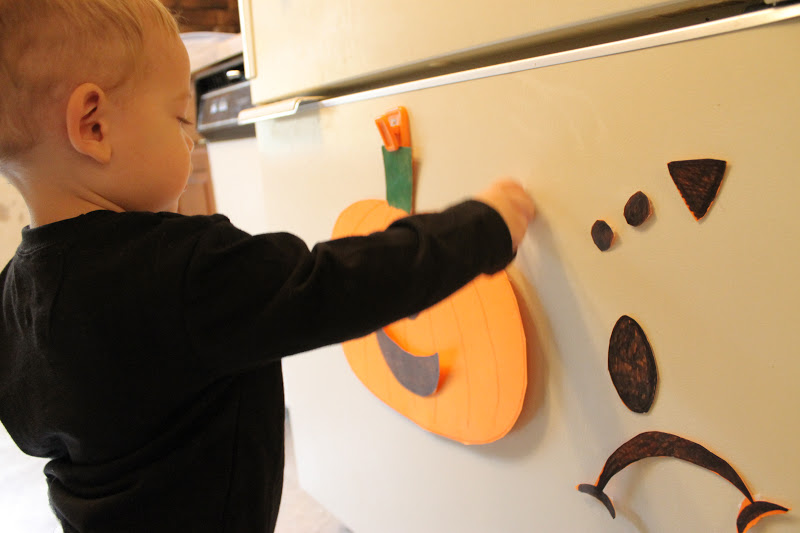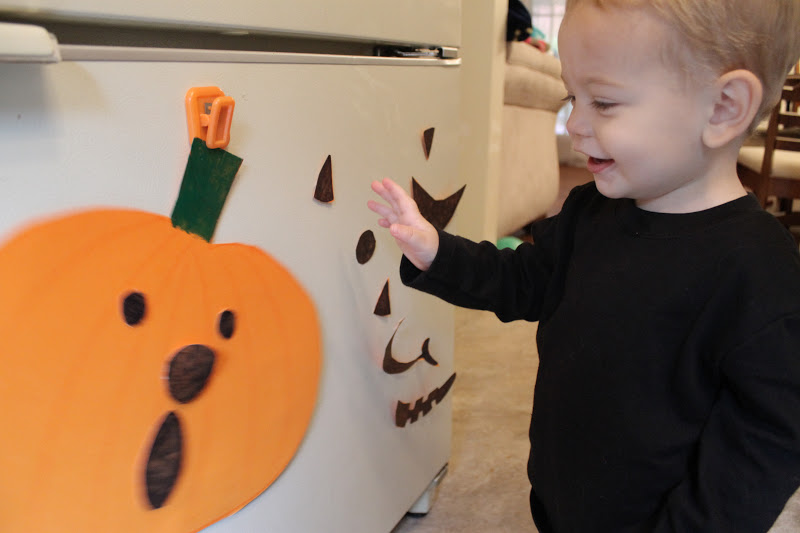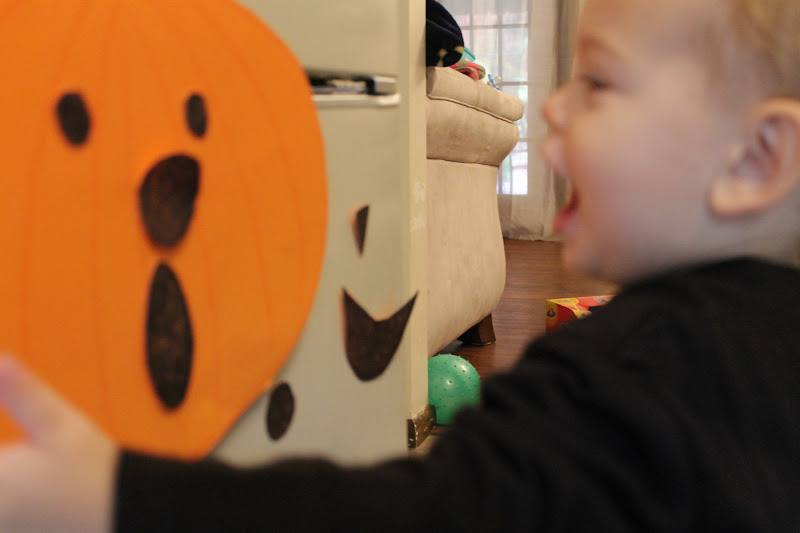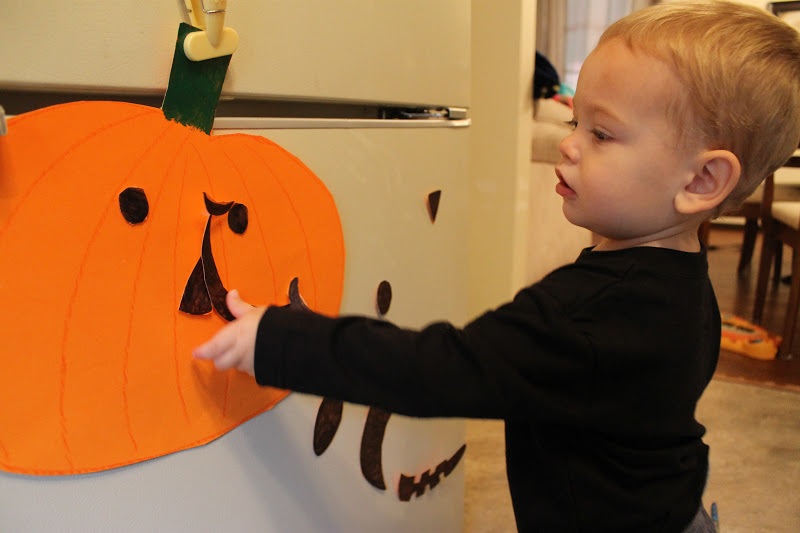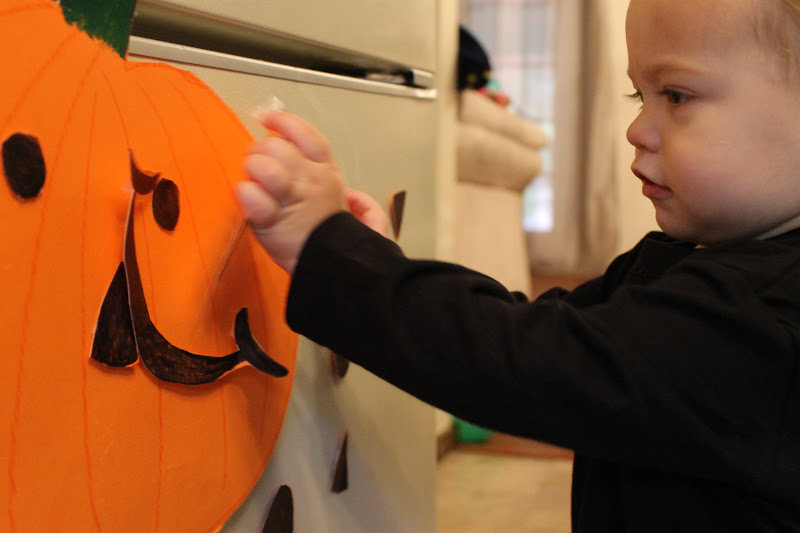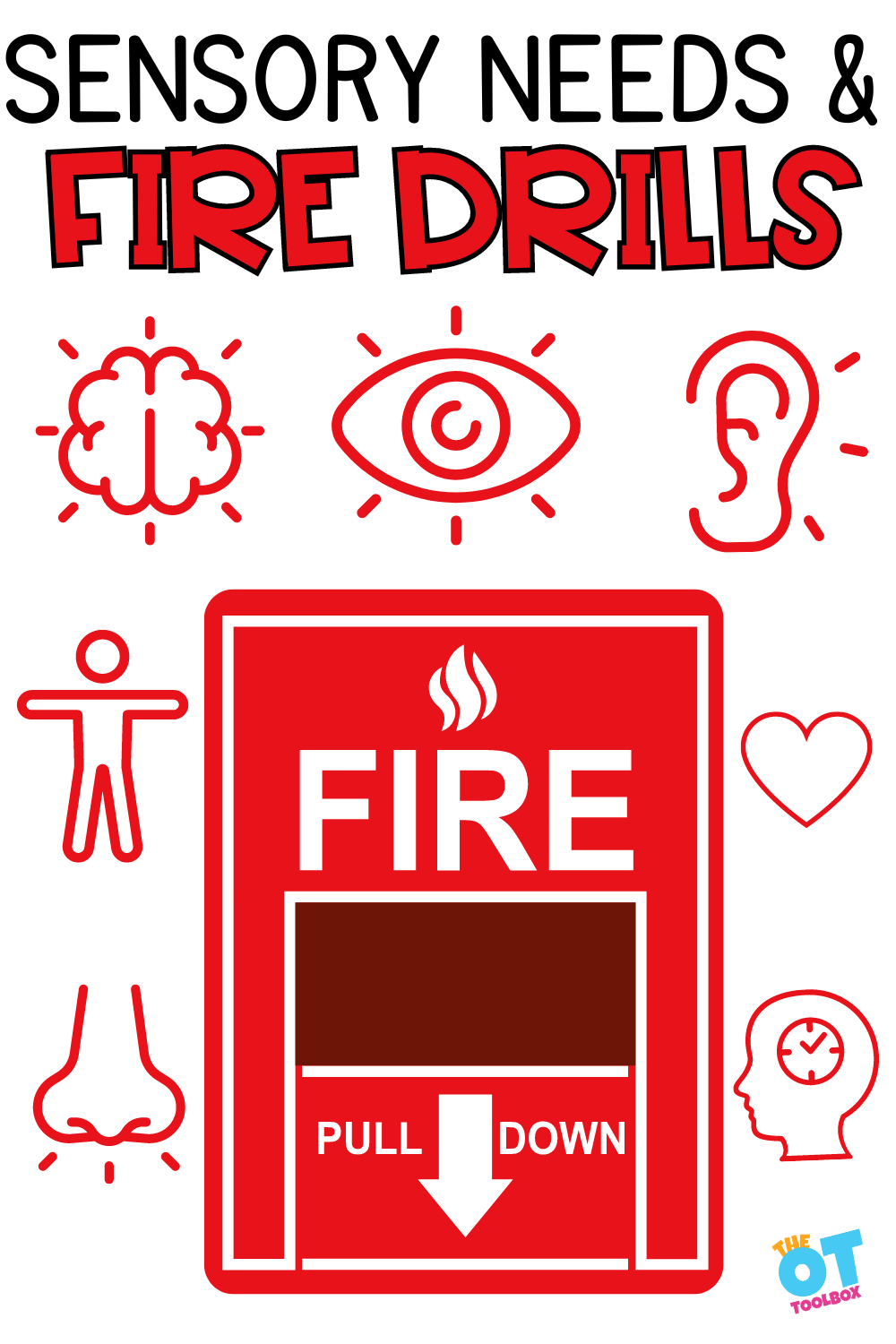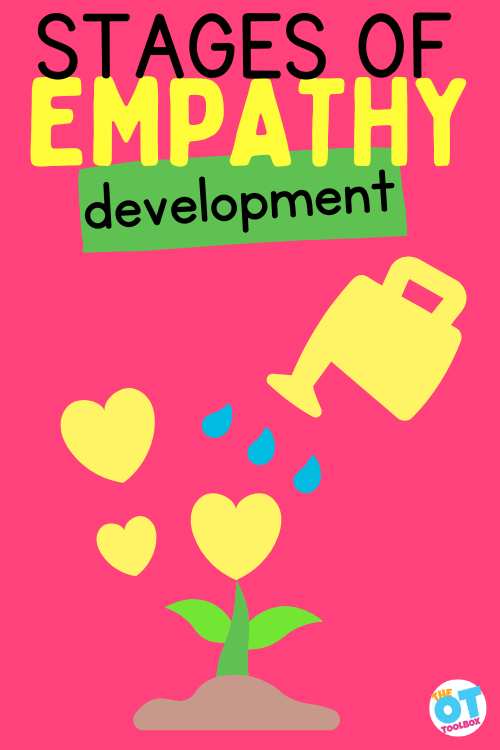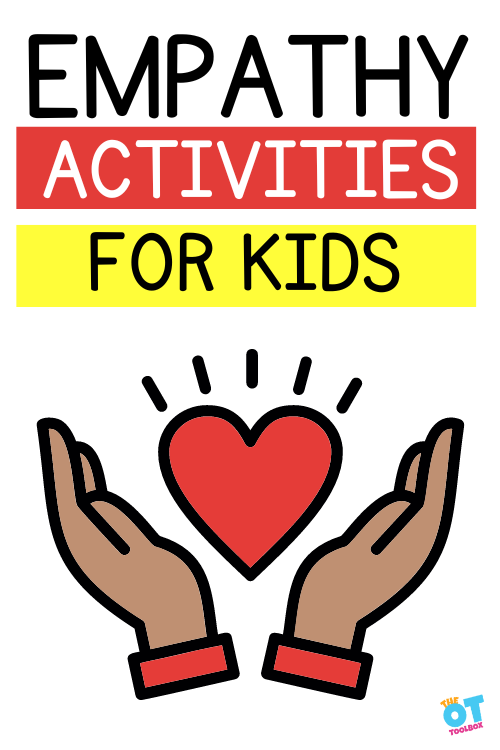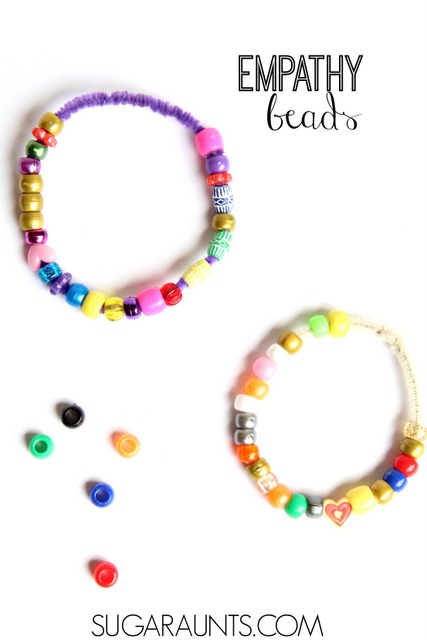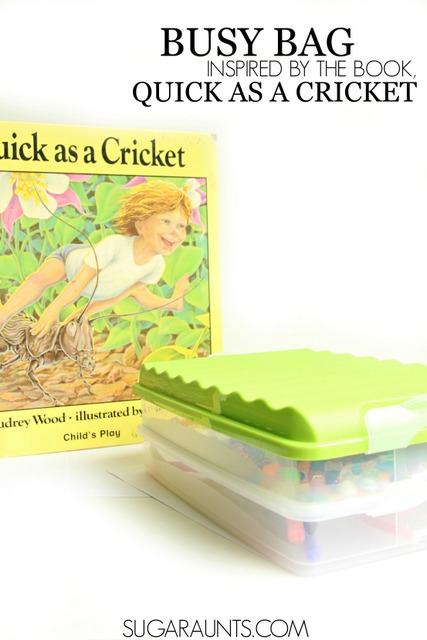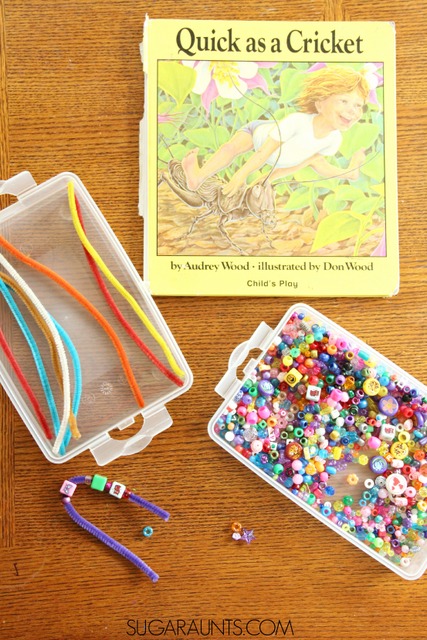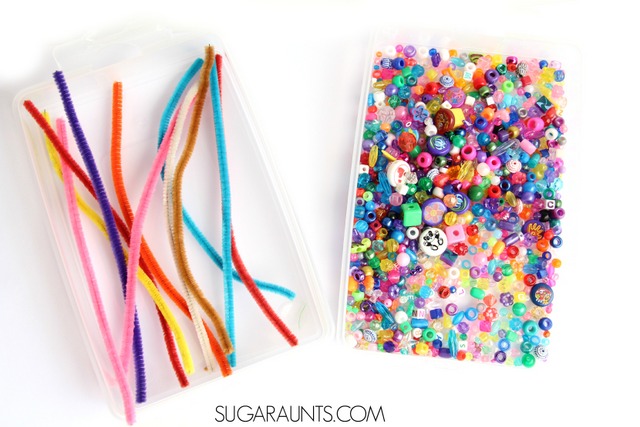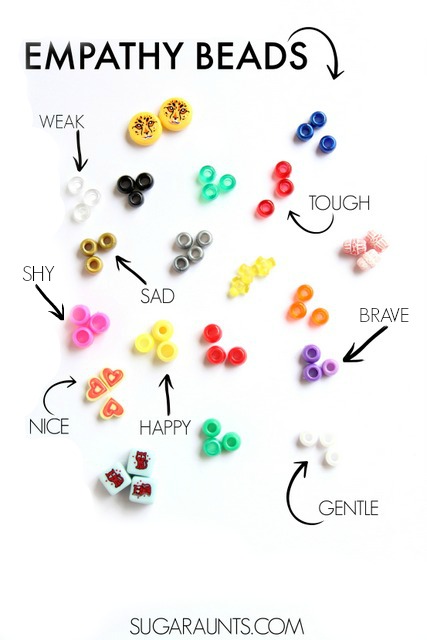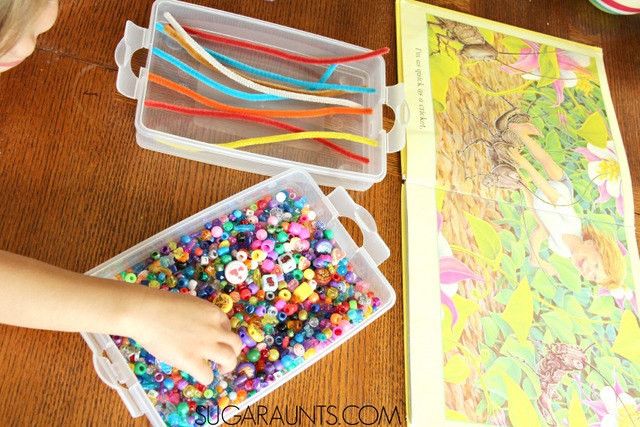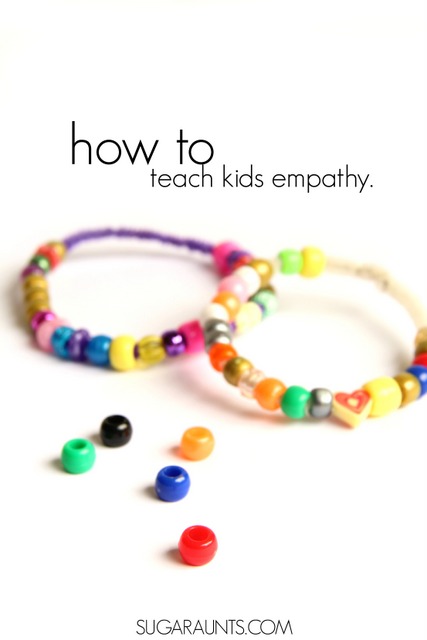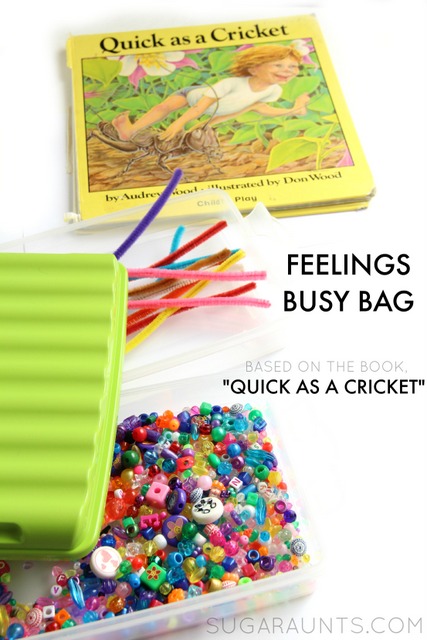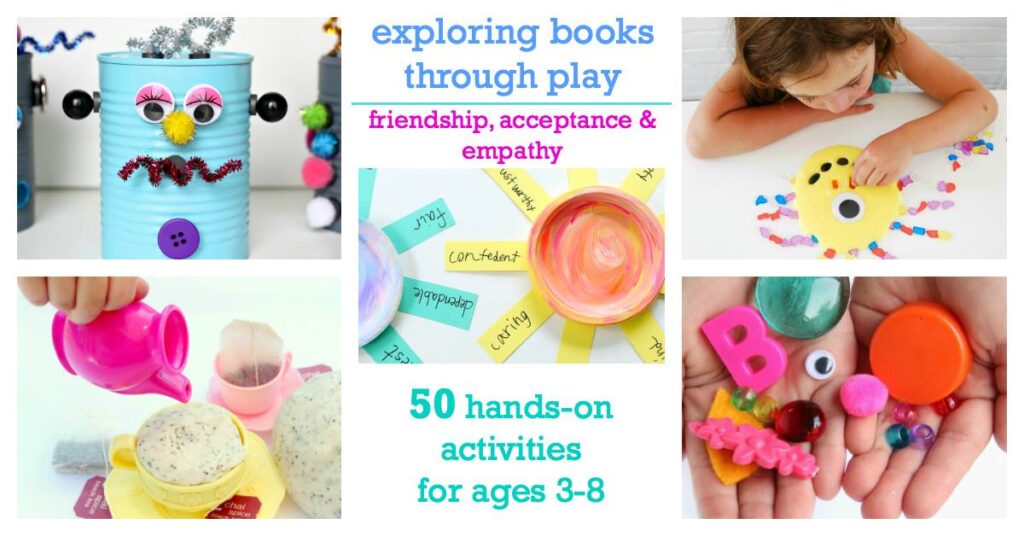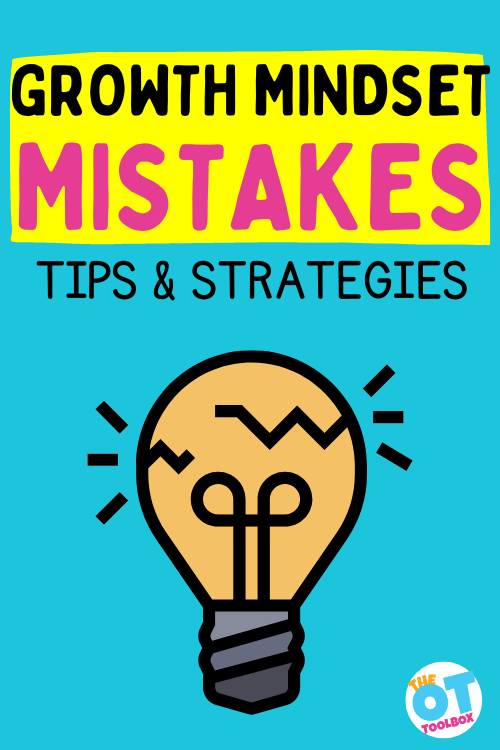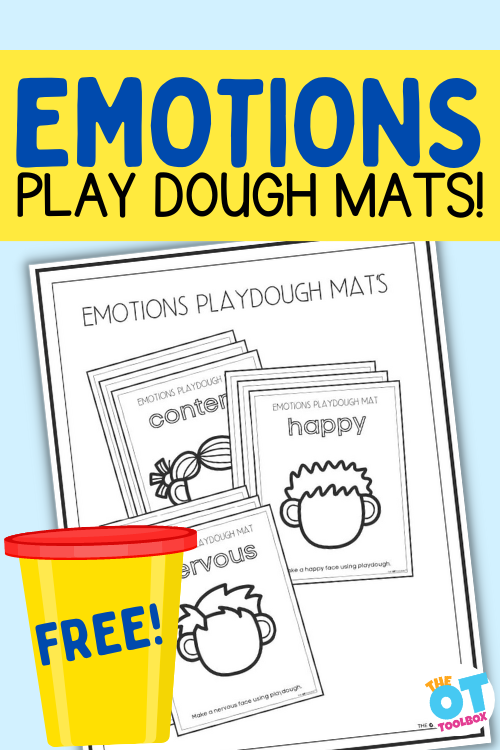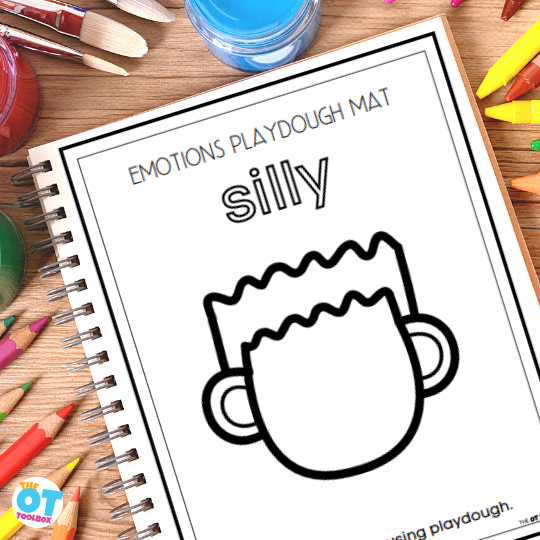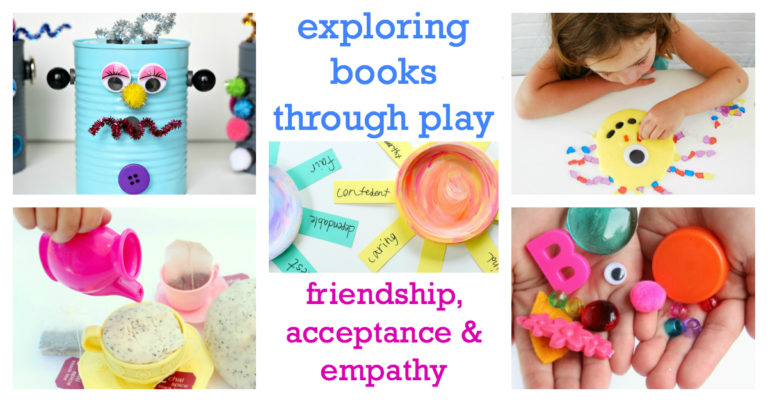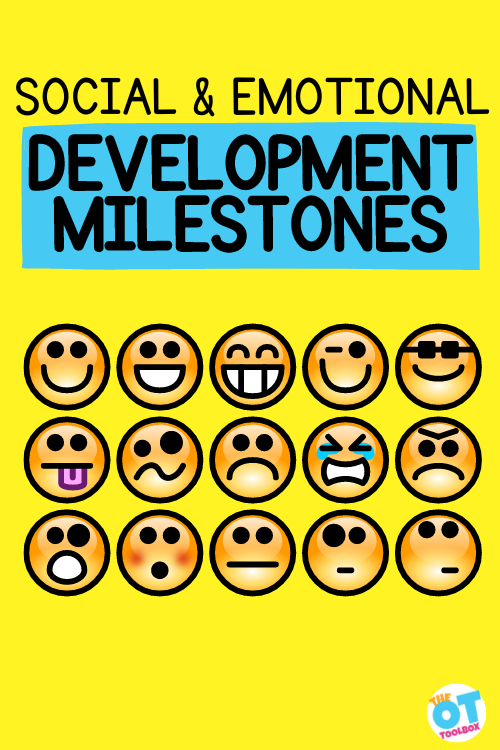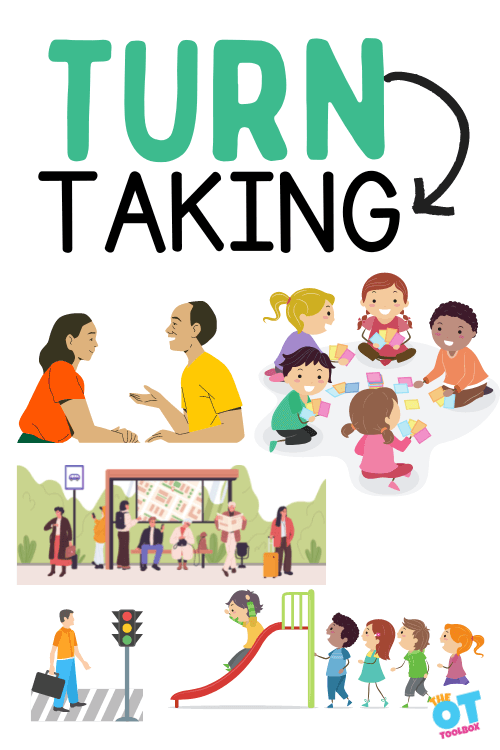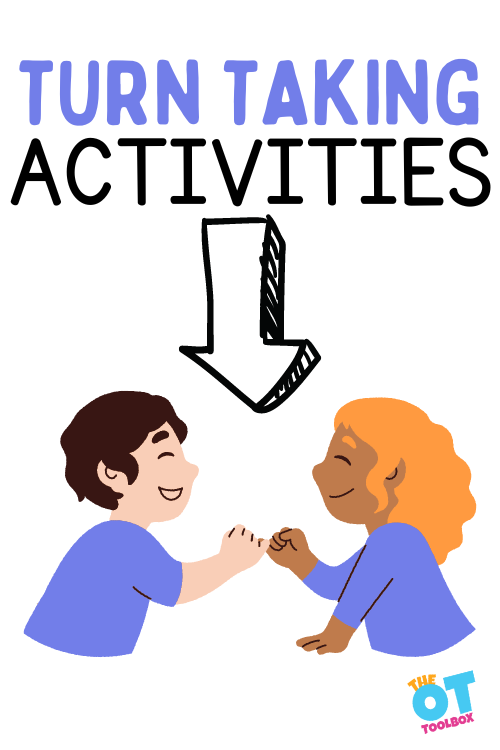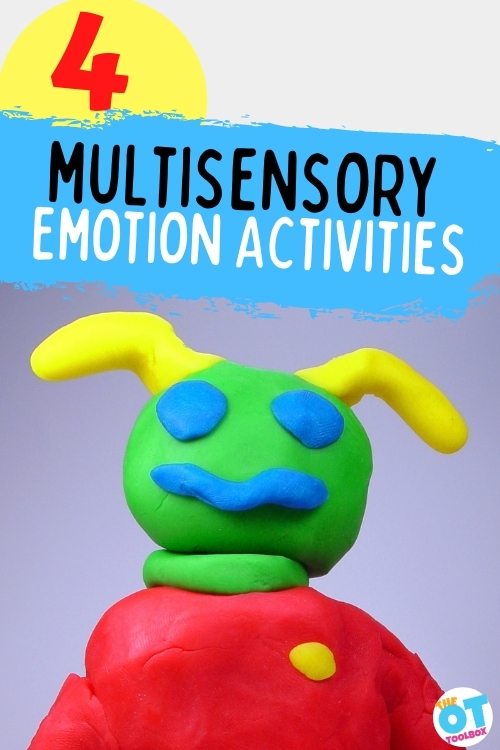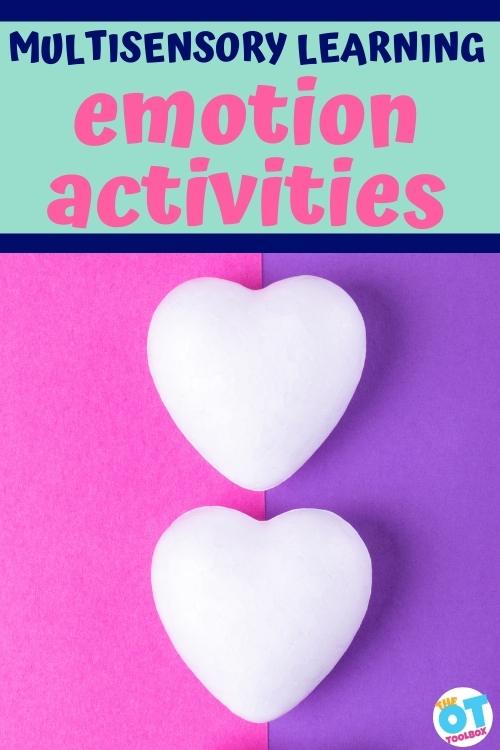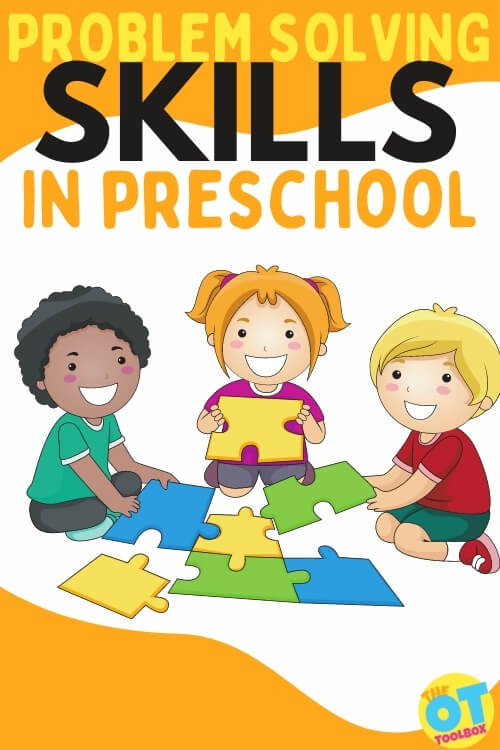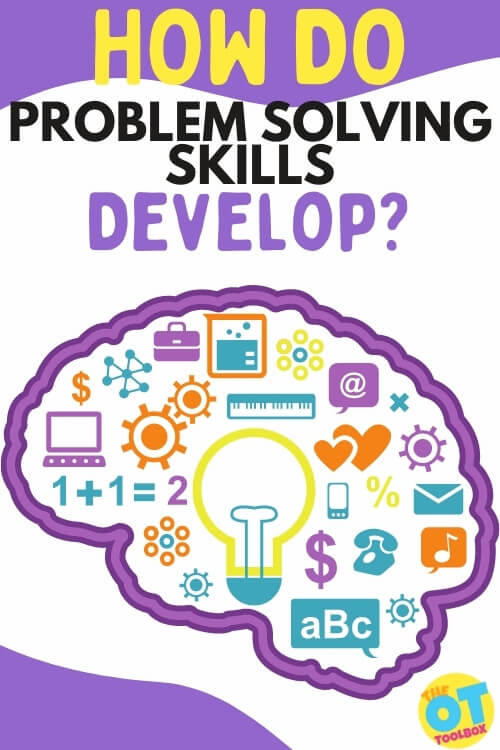We all use turn taking on a daily basis. Taking turns in conversation, walking through a doorway, during meals, at appointments, while shopping, and even while driving are just some examples of how turn taking occurs day in and day out. While learning to take turns is a part of social emotional development, this can be a real challenge for some kids. Here, we’re covering all things turn taking: development, how to teach kids to take turns for functional independence and self-care, and turn taking activities.
Turn Taking
So what does turn taking mean? Turn taking, or the act of taking turns in a situation, conversation, or even means sharing space and time with another individual. Turn taking can look like many things:
- Speaking and then listening when others speak in a conversation
- Taking turns in a game
- Taking turns in line to get a drink from a water fountain
- Waiting one’s turn in a food like like in the cafeteria
- Taking turns in speaking during circle time or sharing time in the classroom
- Taking turns with a favorite toy
- Waiting while others have an opportunity to receive services such as a food server in a restaurant
- Waiting for one’s turn in a scheduled event such as at doctor’s appointments or waiting for one’s number to be called at the deli counter
- Taking turns in moving situations such as when walking through a door or when turning at a stop sign
- Sharing a responsibility such as when taking turns taking out the family garbage or caring for a family pet
- Taking turns to get on or off a school bus, or while waiting in line at the car drop off line
- Taking turns with a toy in the home or in the classroom
- Taking turns using equipment like slides, swings
As you can see, taking turns is part of daily life. There can be limitations to aspects of turn taking in some situations, for those with intellectual or behavioral considerations, particularly in the social circumstance of conversation or sharing a toy.
Other circumstances that offer a more concrete environment such as waiting for one’s turn in a doctor’s office waiting room can be an opportunity to practice the components that allow for turn taking skills.
Throughout a preschool day, children are expected to wait often. This could be while they wait for a snack, wait to go to the bathroom, wait during a transition, wait for a toy or wait for a turn in a game. As children become exposed to more opportunities to practice taking turns, they get better at it and more patient. But when they first start out, taking turns can be frustrating for children and teachers alike! This aspect of turn taking incorporates the working memory skill in transitions for children.
Turn Taking in Conversation
Turn Taking in Conversation- This component is one that is modeled, and a part of social emotional learning. Interrupting a conversation, speaking out of turn, and interrupting instruction is an important skill to understand.
Turn taking in conversation is important for social reciprocity, but also safety. This skill requires auditory processing skills and receptive language skills.
What is social reciprocity?
Social reciprocity refers to the give and take of social interactions, including conversation, verbal interactions, or physical interactions.
Social-emotional reciprocity (SER), or the give-and-take of a social interaction is also a part of the turn taking continuum. Social reciprocity refers to an individual’s ability to engage in social interactions between two or more people.
This ability can be difficult or impossible for some individuals, and may be a consideration especially with some, but not all Autistic individuals.
Taking turns with others, or social reciprocity, is a social emotional skill that is needed for many areas including learning, play, interacting in the community, conversation, and other areas. Let’s cover social reciprocity and how turn taking games or activities can be used to develop social emotional skills.
Social reciprocity develops from birth. We see this when babies mimic facial expressions, or eye gaze. This interaction occurs with the parent or caregiver during feeding, but we see this give and take develop very quickly.
Continued back-and-forth interactions occur through play, vocalizations, and in daily activities like during dressing, wake/sleep time, etc.
With development of verbal communication, social reciprocity further expands, particularly as verbalizations progress from sounds, to words, to monologue communication, into a conversation.
When children grow, typically we see a conversation ability expand. This develops as executive functioning, inpuarticular working memory skills, develop.
We see references to previous conversations or information. We see social interactions in various situations. We see public speaking, or speaking out in a group. All of these are part of social reciprocity and the use of turn taking in social situations.
For some of the individuals we work with, particularly Autistic individuals, we may see a preference to talk about one particular topic. The give and take of the conversation, or the reciprocity aspect is not there. It might be that they either do not respond to these social initiations because they do not realize that there is a back-and-forth aspect. Or, it could be that the social cues (such as verbal fluctuations, pauses in communication, eye-contact, and other nuances of a conversation or social situation are not addressed.
So, as you can see there is a huge social aspect to turn taking.
Turn Taking Development
Young children are learning new skills everyday, and even more-so when they are in groups with other children. A child’s environment can include a variety of objects that they would like to use the same time that others are using them.
Taking turns isn’t a skill children are born knowing how to do. In fact, as babies, we are all very self-serving and aware of only individual needs. This developmentally, serves the infant and baby. Crying out is a survival instinct. There is no “turn taking” in sleeping through the night or wanting to be fed at all hours of the day!
Turn taking develops as a skill through modeling and observation…and then practice with age.
There are several developmental components that play a role in turn taking abilities:
- Awareness of self
- Awareness of others
- Executive functioning (working memory, attention, task completion, etc.)
- Intellectual awareness (first, then concepts)
- Spatial awareness
Young children learn how to share through ample opportunities and supported facilitation from adults. When children are in a group with other kids, opportunities to learn how to take turns or comes in a variety of forms, waiting for an object, waiting to participate in an activity and waiting for their turn when they are in a large group of children completing a similar task.
Below, you will learn some simple ways to support turn taking activities using visuals.
Turn Taking Activities
We can support turn taking skills through activities driven by modeling, practice, and play.
Visual Supports- Visuals support children in understanding what another person wants. Visuals can be utilized with a parent-child relationship, a teacher-child relationship, and even a child – child relationship.
As children learn more words, they are able to comprehend directions (both new and familiar), but before they learn meanings of words, visuals will help a message be communicated.
Other visual supports can include:
Verbal supports- As an early childhood educator, I like to give children the opportunity to play with an object for as long as they would like without putting a time limit on it. I don’t use timers in my class to signify when a child has to be done with a toy.
When children are playing with toys, they are using that object for a purpose, and it can be frustrating to hear a timer go off in the middle of their game. This can cause frustration from the child around having to end their play and some friction around the child that will be receiving the toy.
Instead, we say the phrase “when you are all done, then _________ would like to play.” Typically a child is done using a toy within 15-20 minutes and the next child gladly accepts the toy.
Verbal supports can include:
- Verbal prompts
- Music or other auditory prompts
- Modeling
- Social stories
activities to promote sharing and turn taking
In the classroom environment, kids may have their first experience with turn taking and sharing.
Here are my five favorite ways to teach sharing and turn taking with preschoolers.
1.Use a turn taking chart.
When multiple children are excited about using a toy (such as the tricycle outside), it may take a while for one child to be done playing with that object. When there are multiple children waiting for one item, they tend to become frustrated because they don’t want to loose their spot in line.
That is where the turn taking chart comes in!
This chart is simple. It can be made with a chalkboard or white board, hung outside near a highly desired item. When multiple children are requesting an object, the adult can write their name in order on the white board. When one child is done with the object, the teacher can cross that name off and go to the next name on the list.
This allows children to feel confident they can play with something else while they wait and they won’t be forgotten or skipped. As a bonus, this activity teaches written name recognition to children, as they learn how to read the list and find out when their turn will be.
2. Use turn taking cards.
One of the most common times that “turn taking” becomes an issue in the preschool room, is when a child gets up to go to the bathroom or get a drink, and they come back to find the objects they were using have been swiped up by another child or put away by a teacher cleaning up.
Turn taking cards are my favorite way to prevent this from happening. This simple 5×7 card has a child’s picture glued to the front and the words “ (child’s name)’s turn!)
Every child in the classroom has one and they can place it on an object they are using if they need to step away for a minute but want to return to finish what they were doing.
Children and teachers understand that the child is coming back to continue working and leave the object alone. A wonderful children’s book that has some more examples of turn taking cards is the book (Amazon affiliate link) “Sammy Learns to Share: A Lesson in Turn Taking!”
3. Teach Large Group Turn Taking.
During large and small group activities, such as circle time, centers, specials classes (gym, music, etc.), lunch time, recess, or group activities, children have to wait their turn to participate.
This could be waiting to share an idea during circle, stir the cookie dough at snack, or wait to be the Goose during Duck Duck Goose!
There are some fun ways to visually share whose turn it is now and who will be next. If you are going around in a circle (which is often the easiest) the child whose turn it is can hold onto an object. This could be a “speaking stick” or a “stirring chef’s hat” they are wearing for a cooking project.
4. My turn Your turn cards- Printable cards that simply say “my turn” and “your turn” could also be used! When children are able to see whose turn it is and who will be next, their patience increases!
5. Turn taking routine charts.
These visual boards are great to use during everyday routines, such as bathroom time, snack time or lunch time. I also add children’s pictures to these visuals, when practicing taking turns during routines.
Add children’s pictures in a specific order, so the children know who is next to complete the daily task.
Using visuals communicate to children what is expected of them and when. As they become used to the routine and taking turns, fading out this visual tool may be possible.
6. Play turn taking games.
Turn taking games are fun ways to practice the skill of taking turns. I love giving children plenty of opportunities to practice taking turns with their peers and siblings. When young children have time to practice new skills, including social skills, they will become familiar and attentive to situations where they need to put these skills into practice.
Luckily, the skill of taking turns and sharing time, space, and physical objects can be practiced with almost every game. This is especially great for toddlers through preschoolers and utilize items that you already have.
Meltdowns with Taking turns or sharing
What if after all of these strategies, kids are still frustrated with taking turns? You have probably seen a meltdown or temper tantrum because a child or even teenager or adult is asked or required to take turns or share.
It’s important to remember with young children or individuals with Autism or other considerations, that turn taking is asking too much of the individual. There is not the ability to cognitively or physically see the reasoning to share or take turns.
When a meltdown or temper tantrum occurs, what is going on behind the “behavior” or actions that we are seeing? It is likely that the physical or verbal responses to this request is inability to communicate one’s wishes or needs. Or, it could be that the individual simply does not see the reasoning for the turn taking or sharing request.
Sometimes, children still have a hard time with waiting and taking turns. They could become upset and need a few moments to calm down or be redirected to a new activity.
Addressing self-regulation tools as a strategy to address emotional regulation needs can help.
The (Amazon affiliate link) Soothing Sammy Program is a wonderful way to support children in calming down if they become upset or overwhelmed. The sweet story begins with children visiting Sammy, a golden retriever, when they are frustrated, sad or mad. Sammy shares some calm down items with them (such as a drink of water, a squishy ball, a place to jump, etc).
When the children are calm, Sammy helps them devise a plan so they can decide what happens next. In the back of the book, there are instructions on how to build your own Sammy house for your home, classroom or clinic, for the Sammy plush included in the program. Children can visit Sammy to calm down when they feel overwhelmed. You can find the full Soothing Sammy program here.
Young children are just learning how to engage in play with peers and their social skills are also developing at a pace that sometimes seems frustrating to adults.
As children are exposed to more opportunities to take turns, and are given the visuals and extra supports needed to learn how to respond to frustrating situations, they are able to adapt, learn new skills and eventually take turns with minimal interventions.
Visual supports are a wonderful way to remind children that they are heard and that their turn is coming! Which visual supports are your favorite?
